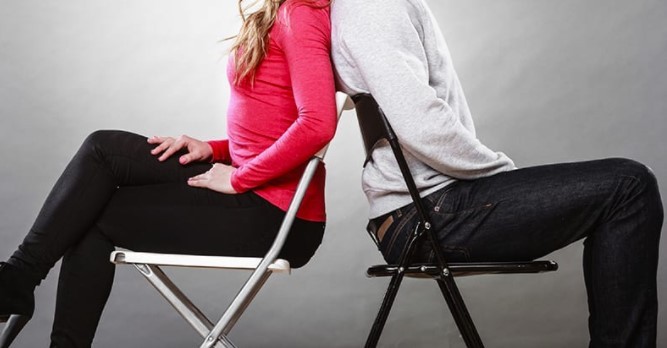
A major manufacturer of workstations reports that 86% of work computer users have to sit all day. When workers get up from sitting, more than half (56%) use food as an excuse to get up and move. In addition to sitting at work, for meals, and commuting to/from work, 36% sit another one to two hours watching TV, 10% sit one to two hours for gaming, 25% sit one to two hours for reading/lounging, and 29% use their home computer for one to two hours. In summary, the average American sits for thirteen hours a day and sleeps for eight hours. That’s a total of 21 hours a day off their feet!
Sitting Disease?
The manufacturer’s survey also notes 93% of work computer users don’t know about “Sitting Disease”. 74% of those surveyed believe that sitting too much can lead to early death. “Sitting Disease” represents the ill effects of an overly sedentary lifestyle. It includes conditions like “metabolic syndrome” (obesity and diabetes), which are rapidly becoming more prevalent – even in adolescents and teenagers! Recently, the American Medical Association (AMA) adopted a policy encouraging employers, employees, and others to sit less. They cite the many risks associated with sitting including (but not limited to): diabetes, cancer, obesity, and cardiovascular disease. Standing is SO MUCH BETTER! It burns more calories than sitting, tones muscles, improves posture, increases blood flow, reduces blood sugar, and improves metabolism. Standing is frequently overlooked as “an exercise” and it’s both simple and easy to do!
Back Pain
So, what about the low back? You guessed it – sitting is hard on the back! Discs are the “shock absorbers” of the spine. They lie between each vertebra in our spine (22 discs in total). The pressure inside our discs is higher when we sit than standing or lying down. It’s estimated that when we lay down, the pressure on our disks is the lowest at 25mm. When lying on one side, it increases to 75mm, standing increases disc pressure to 100mm, and bending over from standing pushes disc pressure to 220mm. With good sitting posture, our disc pressure may reach 140mm but that can increase to 190mm with poor posture. To help relieve the pressure on our discs, experts recommend 1) Getting up periodically and standing; 2) Sitting back in your chair and avoiding slouched positions; 3) Placing a lumbar roll (about the size of your forearm) behind the low back and chair/car seat, and 4) Changing your position frequently when sitting.
Because certain low-back conditions “favor” one position over another, these “rules” may need modification. For example, most herniated disc patients prefer low back extension while bending over or slouching hurts. In those with lumbar sprain/strains, bending forwards usually feels good and extension hurts. Modifying your position to the one that is most comfortable is perhaps the best advice.
Finding Relief
When searching for a chiropractor in North Dallas we realize you have many choices. We sincerely appreciate your trust as we seek to provide the best back pain relief possible. Dr. Woodward is affordable (yes, we accept insurance). We are convenient (walk-ins are welcome). We provide short-term care (no long-term commitment. Our goal is to get you out of pain as quickly as possible). And we work well with your doctors (we accept MD referrals). If you, a friend, or a family member requires care for back pain, we would be honored to treat you today.

